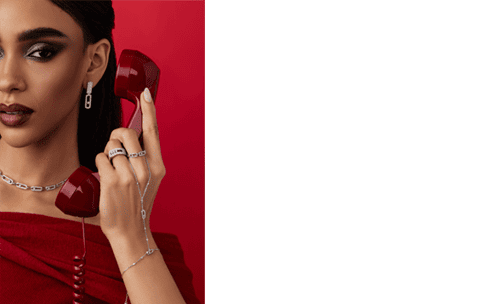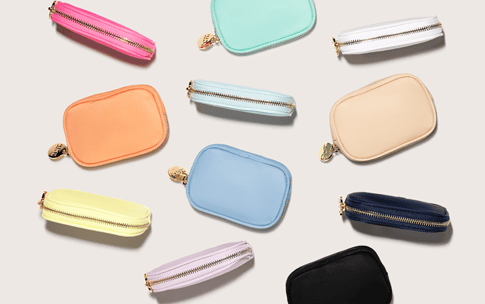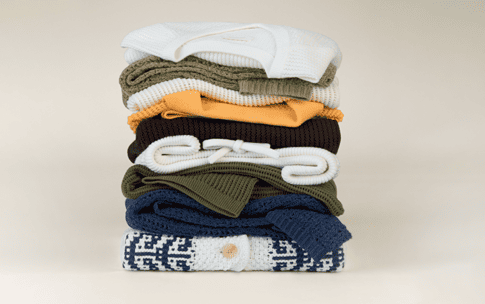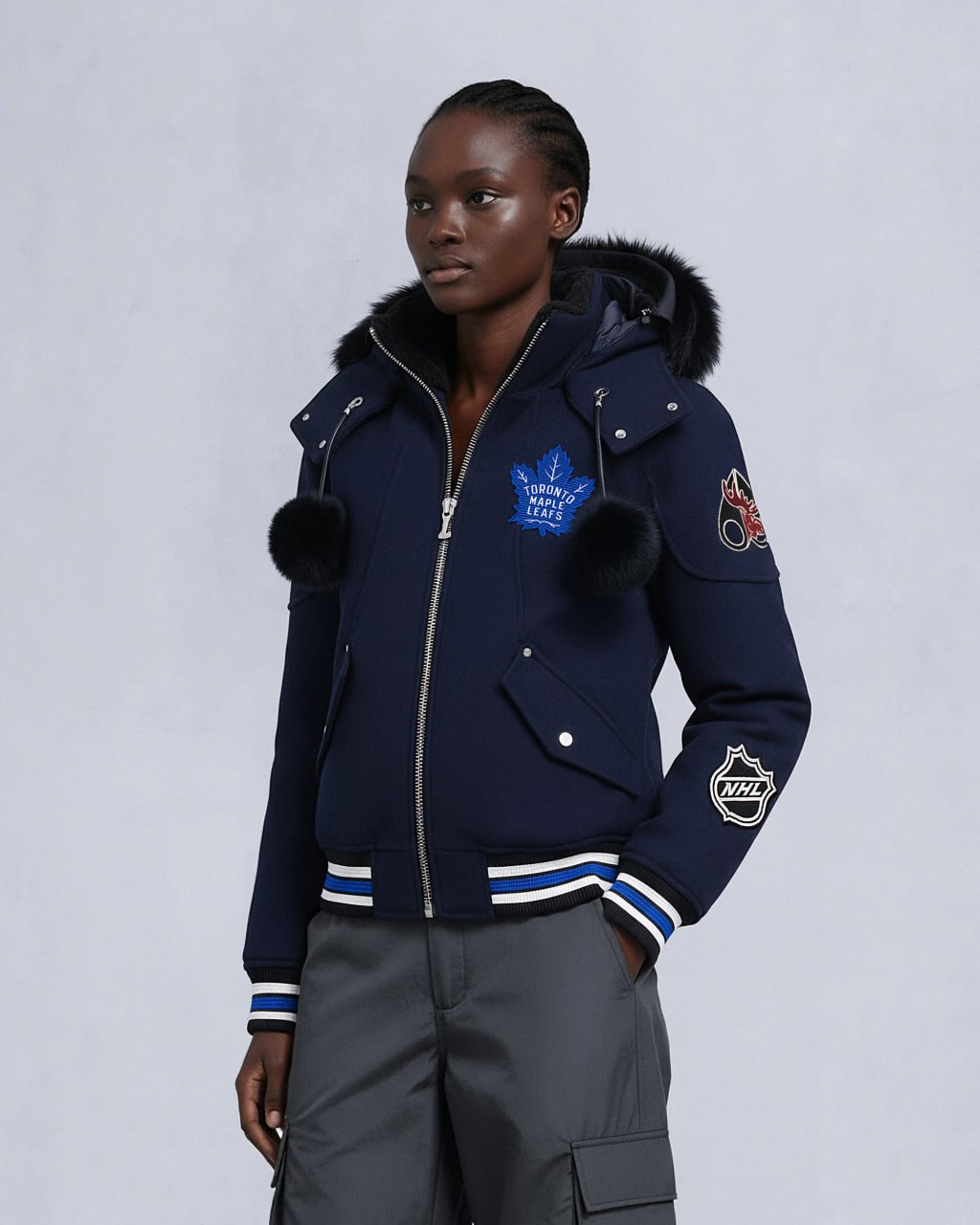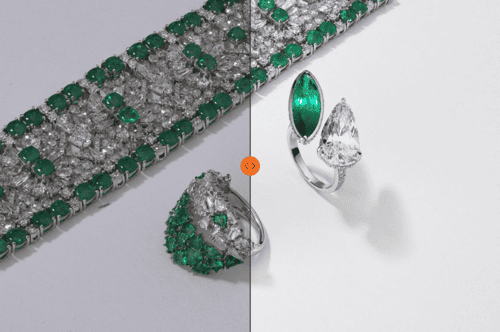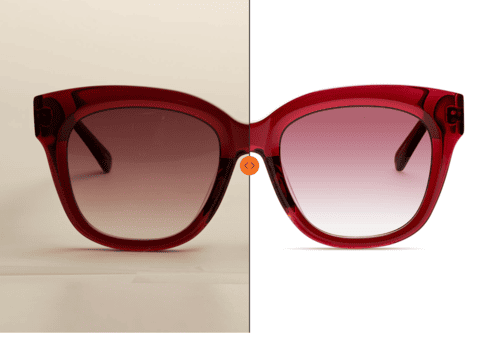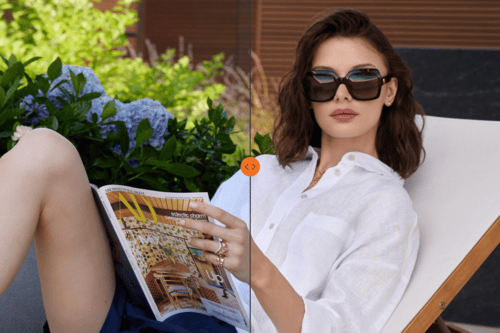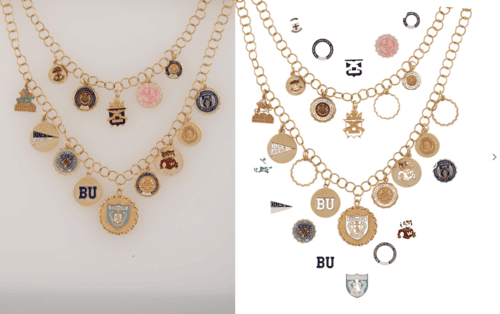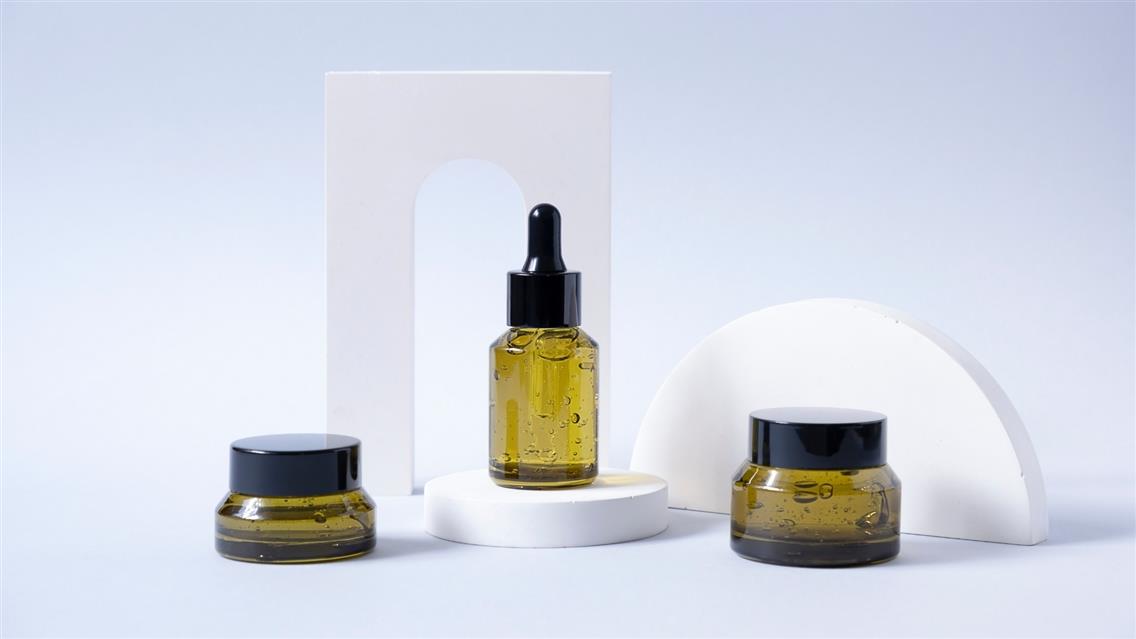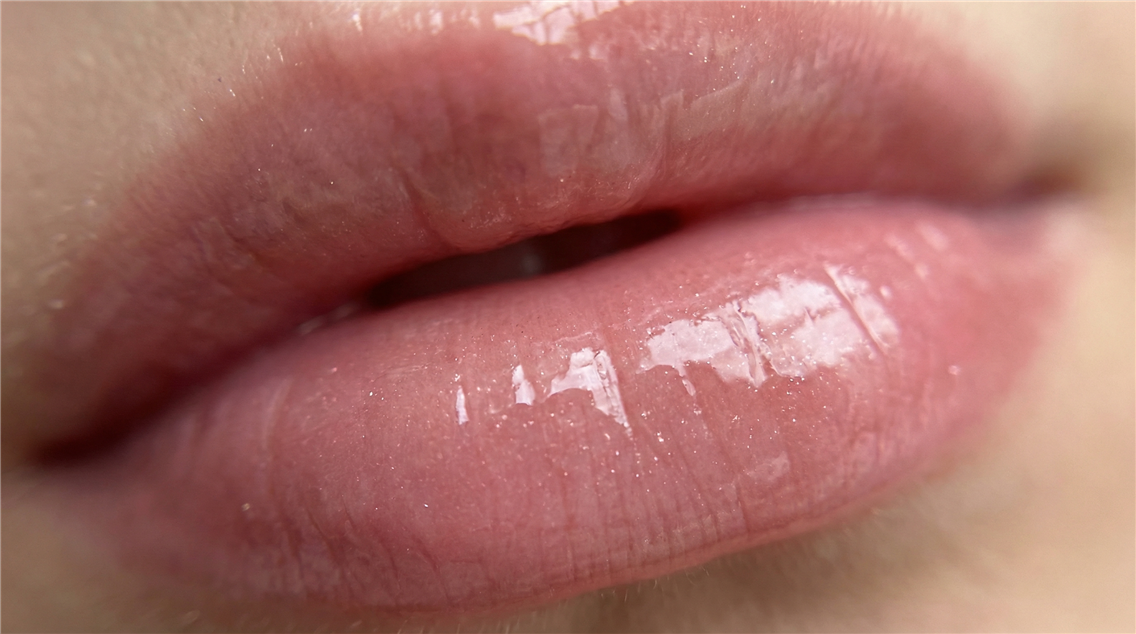Product Still Life Photography: Full Guide for Your Business
Your product is only as good as it looks on the digital shelf. That may sound harsh, but it’s the reality we’re all navigating. Whether you're selling skincare, jewelry, ceramics, luxury goods, or tech, the first few seconds a potential customer spends looking at your product image often decides everything: click, pause, or scroll away.

Now, if you’ve already nailed seamless background shots creation, that’s a solid foundation. But the brands making people stop mid-scroll? The ones creating intrigue, emotion, desire, and they’re doing something more. They’re using still life photography not to show a product alone, but to frame an identity.
Still life is what allows a simple bottle of serum to whisper “ritual,” a pair of earrings to hint at confidence, or a handmade fruit bowl to feel like part of a Sunday morning you suddenly want to live in.
And you don’t need a global budget or an avant-garde art director to make this work. You need clarity, structure, and a creative team that understands how to make your product speak without saying a word.
In this article, we’ll unpack how still life photography works for eCommerce brands, particularly, when to use it, what makes it effective, and how to plan a shoot like a creative pro. Let’s turn your product from something people see… into something they feel and desire.
What Is Still Life Photography in eCommerce?
Still life photography, in its most distilled form, is the art of turning inanimate objects into soulful goods.
In the e-commerce context, it's about composing a scene that reveals something deeper about it. A texture. A mood. A moment in time.
Imagine a bottle of sandalwood sage body wash standing tall beside a smooth, pale stone, set against a warm, honeyed backdrop. The amber liquid glows through the clear glass, catching the light like molten gold. It’s calm, renewal, and quiet strength, bottled and ready to transform the everyday into something ritualistic. That’s the quiet allure of still life.
Still life lives in a sweet spot between commercial precision and creative freedom. It’s more stylized than a plain packshot but more controlled than lifestyle photography with models. It gives a creative team full command over the environment: every prop, every shadow, every reflection exists for a reason. Nothing is random. Everything contributes to the story you're telling.
For e-commerce brands, still-life photography is a strategic tool. It transforms products into desired moments. Moments that connect, seduce, and sell.
Why Still Life Photography Works for eCommerce Brands
Still life photography is one of the few tools that lets a brand control every pixel of perception.
1. It Translates Brand Identity into Visual Language
Still life photography provides a canvas to express a brand's values, such as minimalism, vibrancy, sensuality, and playfulness, through color, composition, and texture. A matte black surface with a sharp shadow tells a different story than a sunlit marble counter. That’s how a brand becomes recognizable without saying a word.
2. It Makes Products Desirable through Emotional Marketing and Product Storytelling
Beauty brands are not just selling “a moisturizer.” They’re selling the idea of hydration. Of self-care. Of elegance, wellness, and self empowerment. When visuals evoke a feeling, they move beyond function and start to shape consumer aspirations. That’s when conversions happen.
3. It Cuts Through the Visual Content Noise
In a feed full of white-background sameness, still life photography interrupts the pattern. It makes people pause, wonder, and take a second look. In eCommerce, that pause is gold because it’s the doorway to curiosity, clicks, and ultimately, sales.
4. It Scales Across Channels with The Strategic Approach
A single still life setup can yield assets for your website, social ads, email banners, homepage hero, product catalogs, and more. That’s why still life photography is one of the highest-return creative investments a brand can make, when it’s done with strategy.
5. It Elevates Product Perceived Value
Well-executed still life photography instantly levels up the perceived value of a product. A $30 serum can look like a $90 one with the right setup.
Related read: eCommerce Still Life Photography for Fashion and Jewelry Brands.
When to Use Still Life vs. Product-on-White: Choosing the Right Visual Strategy
Let’s talk about practicality. While still life photography is powerful, it’s not always the right fit for every situation. There’s a time for clean, clinical product-on-white images and a time to go creative.
Use Product-on-Plain When You Need Clarity for:
Product-on-white is functional. It communicates the shape, texture, and color of something. It’s the visual equivalent of a spec sheet. Essential, yes. But emotionally neutral. |  |
 | Use Still Life When You Want Connection
|
Still life photography doesn't just show the product. It contextualizes it. It makes the item feel like it belongs in a world and, by extension, your customer's world. That’s a huge psychological shift. So here’s the rule of thumb:
- Product-on-white sells the object.
- Still life generates the desire for the object
You need both, but you need to know when to reach for which. This is the art and science of visual marketing. Read about this in our curated article ‘Ultimate Guide to Visual Marketing Strategy for E-Commerce Business’.
Behind the Scenes of The Still Life Workflow
Still life photography may look effortless on the surface, but behind every polished frame is a team executing with precision. For business owners, understanding this workflow doesn’t mean micromanaging; it means being an informed leader who can set expectations, give smart feedback, and ensure creative output aligns with business goals.
1. Planning & Creative Direction
This is where strategy meets creativity. Before the shoot, your team should align on:
- The message each image needs to convey
- The tone and mood (minimal, luxurious, playful, clinical)
- The visual references that guide styling and composition
- How the images will be used (homepage, social, ads, print)
Business role: Set the brief, share campaign goals, approve moodboards, and key references.
2. Building the Set
This step brings the visual direction to life — literally. Surfaces are selected, props sourced, backgrounds created, and custom setups built. The goal is to create an environment where your product feels in-tune, not artificially staged.
Business role: Review and approve any creative directions that might influence the perception of a product.
3. Shooting Process
This is where your product is captured with a focus on lighting, angles, and composition. The shoot is usually tethered (camera linked to a screen), so the team can review shots in real time and make fine-tuned adjustments.
4. Retouching & Post-Production
This is the quiet phase, the one clients don’t see, but feel instantly. Because this is where images go from almost right to undeniably on-brand.
After the shoot wraps and selects are made, the retouching team begins their work. But don’t think of this as “fixing the photo.” Great post-production is about enhancing intention.
This is where:
- Every distracting speck or surface imperfection disappears
- The lighting is balanced just enough to feel cinematic, not artificial
- Color tones are brought into alignment with your brand’s visual language
- Images from the same shoot are all adjusted to feel cohesive, like they belong together in a campaign, not just a file folder
A skilled retoucher doesn’t flatten the product or make it look fake. They elevate what was already there, bringing clarity, elegance, and polish to the surface.
Business role: Approve the final images. Ensure they feel elevated but authentic, and true to your product.
Who’s Involved in a Still Life Shoot
Here’s a look at the typical team working behind the scenes:
- Creative Director: Owns the overall visual vision. Ensures alignment between brand strategy and final output.
- Photographer: Controls lighting, composition, and image capture. They translate concepts into execution.
- Set Designer / Prop Stylist: Arranges the product and props in a visually compelling, on-brand way. May specialize in product styling or food, beauty, jewelry, etc. Designs or sources surfaces, textures, and structural elements for the scene.
- Retoucher / Post-Production Editor: Polishes the final images to perfection, while keeping them true to life.
- Producer (in larger shoots): Handles logistics, schedules, budgets, and communication between your team and the creative crew.
Depending on your project size, roles may overlap, but even small teams cover most of these functions. What matters is that everyone is working toward the same creative and commercial goals.
Advice for eCommerce Brands Planning a Still Life Shoot
A still life shoot is about shaping perception. And when done right, a single session can generate enough visual material to drive a campaign, a homepage redesign, and a month’s worth of social content. But to get there, you need to come in prepared.
1.Don’t Just Shoot Products, Build Campaigns
Still life photography is most effective when it’s not treated as “content filler.” Think in terms of collections. Plan visual assets around product drops, seasonal stories, or promotional moments, not just SKUs.
A scattered shot list gives you scattered results. A unified concept gives you campaign-ready material.
2.Use Moodboards with Intention, Not Just Aesthetics
Moodboards aren’t about showing what looks nice, they’re about communicating what you want to feel. Curate real-world brand references that align with your product’s vibe.
3.One Strong Prop Is Better Than Five
Overstyling is the silent killer of good still life sets. More isn’t more, it’s just louder. The product should never have to compete for attention.
When in doubt, pull back. Let the hero breathe.
4.Think in Systems, Not Single Images
Your website, ads, and social content don’t need a great photo; they need a set that works together. Consistency in lighting, angle, and tone builds visual authority. It tells your customer: we’re not just a brand, we’re a brand that knows who we are.
5.Choose Creatives Who Understand Commerce
There’s a big difference between a photographer who creates beautiful images… and a team that creates selling assets. You want people who understand campaign logic, product positioning, and how visual storytelling drives performance.
How to Evaluate Still Life Photography
You don’t need to understand lighting angles or lens choices to assess the quality of a still life image. What you do need is a clear, strategic lens, a way to judge whether the photo does what it’s supposed to do: sell your product, communicate your brand, and work across your marketing ecosystem.
Here’s how to evaluate still life photography like a creative director, even if you’re not one.
Is the Product the Hero?
Where does your eye go first? If the answer isn’t the product, that’s a red flag. Props, shadows, and surfaces should enhance your goods, not compete with them. If your product fades into the background, the image is failing at its primary job.
What to look for: The product should be the focal point, either through contrast, lighting, placement, or scale.
Does It Feel On-Brand?
Would someone recognize this image as yours, even without the logo? Every element in the frame. color palette, mood, composition. should align with your visual identity. Still life is an extension of your branding, not a separate creative experiment.
What to look for: Consistency with your existing style guides, packaging, and brand mood. If it feels “off,” it probably is.
Is There a Clear Emotional Message?
A technically good image can still fall flat if it doesn’t say anything. The strongest still life photographs communicate emotion, elegance, energy, calm, desire, through lighting, color, and styling.
What to look for: Ask yourself what the image makes you feel. If the answer is “not much,” it’s not pulling its weight.
Will This Image Work Across Platforms?
Strong visuals aren’t just beautiful, they’re usable. Can the image be cropped for mobile? Will it hold up in an ad or email? Does it look just as strong at thumbnail size as it does full-screen? The answer to all of these questions should be a resounding, Yes!
What to look for: Clean composition, visual clarity, and enough negative space for text overlays if needed. If it only works in one format, its value is limited.
Does It Create Desire or Curiosity?
This is the ultimate test. When you see the image, do you want to click, touch, or own the product? Still life photography should create a sense of need, even if that need is subtle.
What to look for: Emotional pull. If you feel a reaction, then the image is doing its job. If not, it’s decoration, not persuasion.

Real Visual Impact
Still life photography is a commercial tool. When executed with strategy, it clarifies your brand, elevates your product, and invites your customer into an experience they want to belong to.
It’s not about overproduced visuals. It’s about intentional deeds, every shadow, every surface, every prop working together to tell a story that says: this product matters.
And in today’s visual economy, brands that know how to tell that story win.
Whether you’re launching a new product, refreshing your visual identity, or building your next high-conversion campaign, don’t settle for generic content. Invest in visuals that actually work for your product, your brand, and your customer.
Order LenFlash Still Life Photography and get campaign-ready assets that are conceptually sharp, commercially effective, and completely on-brand. The best way to make your product unforgettable is to make it feel like more than just a generic product.
